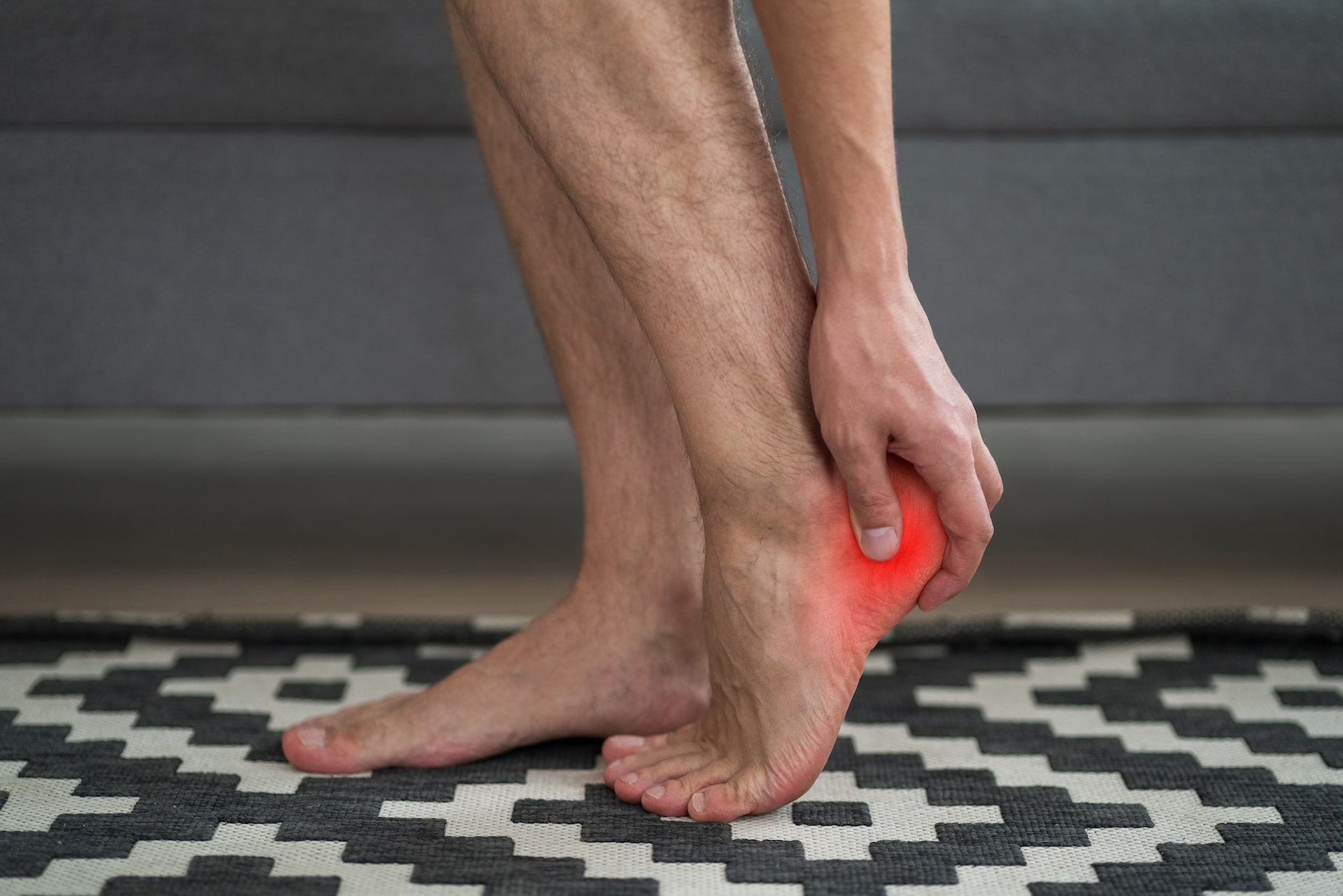1. Altered walking
Research published in the Journal of Applied Physiology reveals that in forcing the foot into a “plantarflexed position,” high heels lead to shorter calf muscles and increased Achilles tendon stiffness. The result is significantly more discomfort, muscle strains and muscle fatigue than with barefoot walking.
2. Decreased bone health
Feel like your high heels make you stand up straighter? While they do affect your posture, it may not be in the way you think. High heels displace bones in the foot, place excess forces on the inside of the knee, and cause surrounding tendons to tighten. In fact, research indicates that wearing high heels can cause knee joint pressure to skyrocket by a whopping 26 percent. Factor in narrow toe boxes, and injuries can include osteoarthritis, hammertoes, bunions, and “pump bump,” AKA Haglund’s deformity.
3. Tingling and numbness
From neuromas, which are caused by inflamed nerves in the foot, to metatarsalgia, or pain in the ball of the foot during weight-bearing activities, high heels threaten the normal mechanics of the foot, create excess pressure, and lead to these conditions, which cause tingling, numbness and pain.
4. Ankle injuries
While a loftier, thinner heel may enhance the intended effect of high heels, it also enhances something else: impaired balance, along with your chances of falling and incurring a sprain or fracture. While moderate sprains and breaks can heal in days, more severe injuries may require surgery and an extended recovery time.
Still need those extra inches?
If you remain committed to wearing your high heels despite the health risks, there are a number of things you can do to decrease your chances of injury.
Wearing the right size shoes is essential. Because your foot size can change over time, get regular measurements by professionals, including both length and width. Narrow shoes are the root of many foot issues, so seek out ones with sufficient width, and avoid heels with an “hourglass” shape, as this contributes to instabilities. Mary Jane and T-strap styles typically offer better support — particularly when compared to stilettos or other unstable, breakage-prone narrow-heeled options. Shoes with arch support offer another level of comfort and protection.
And while the internet puts millions of pairs of shoes seemingly at your fingertips, take a trip to the store instead. It’s impossible to tell how a pair of heels will fit without spending some time in them.
Lastly, don’t underestimate the value of stretching, which can help prevent tightening of tendons and muscles.
While ballet flats are coming on strong, they’re not yet quite a match for high heels when it comes to statement-making footwear.



